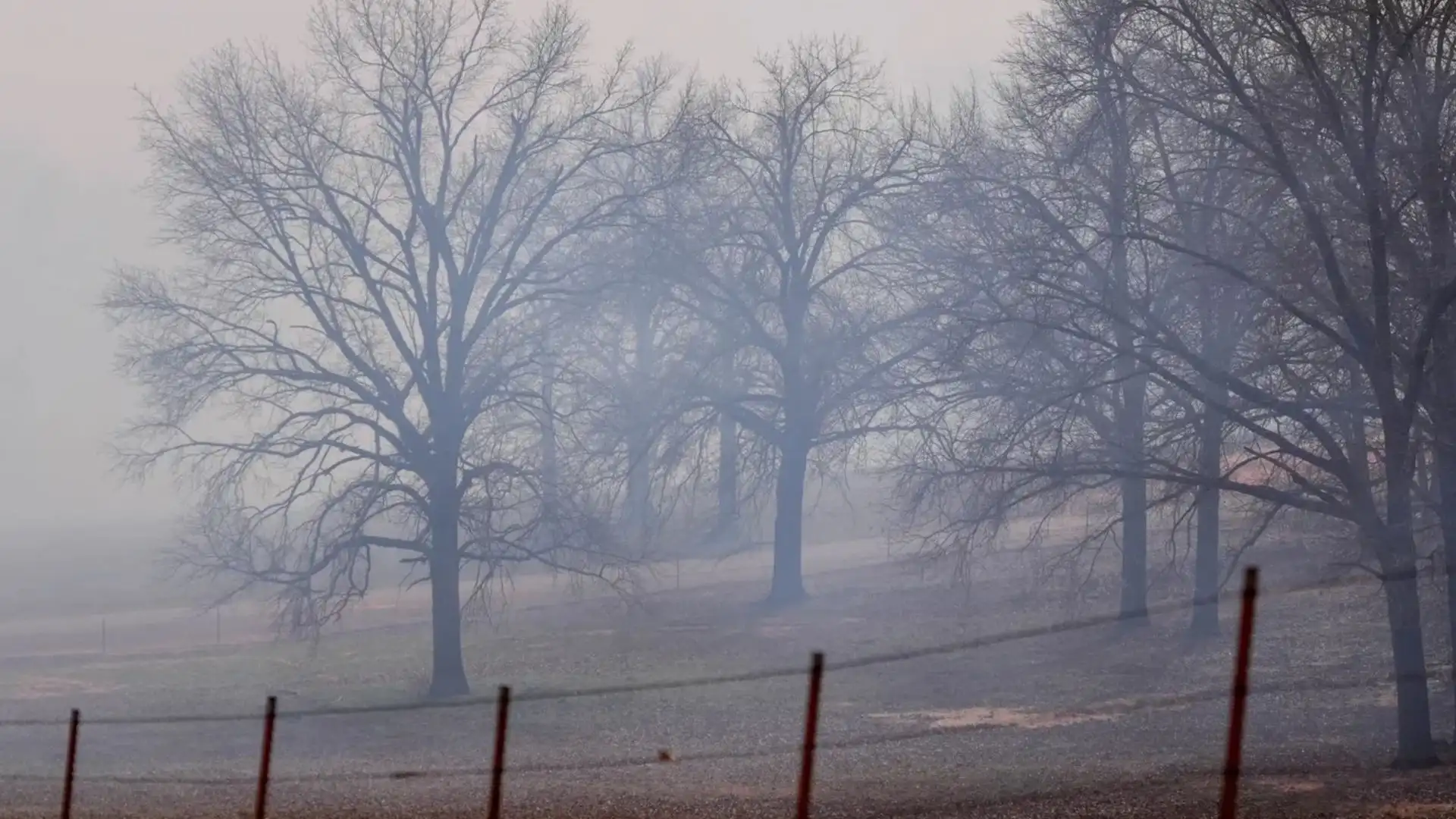A 900-year-old manuscript discovered in the Vatican Secret Archives has reignited speculation about the end of the world, with the text allegedly predicting Judgement Day in the year 2027. The book, titled Prophecy of the Popes, is attributed to Saint Malachy, a 12th-century Irish archbishop who was later canonized for his religious reforms.
The manuscript contains 112 cryptic Latin phrases, each believed to represent one pope, beginning with Celestine II in 1143 and culminating with Pope Francis, the current head of the Catholic Church. The text was first discovered in 1595 by Benedictine monk Arnold Wion, who claimed to have found the writings in the Vatican archives.
The Final Prophecy
The last passage in the book has stirred significant debate among scholars and believers alike. It reads:
“In the final persecution of the Holy Roman Church there will reign Peter the Roman, who will feed his flock amid many tribulations, after which the seven-hilled city will be destroyed and the dreadful Judge will judge the people. The End.”
Some interpretations suggest that Peter the Roman could be a future pope who will lead the Church through a period of great turmoil. Others believe the prophecy implies Pope Francis may be the last pope, particularly in light of the pontiff’s recent health struggles. The 88-year-old pope has been hospitalized for over two weeks due to respiratory complications, including significant mucus accumulation and bronchial spasms.
The 2027 Prediction Of Vatican Book
A documentary released in 2024 has further fueled speculation. The film points to a passage attributed to Pope Sixtus V from 1585 that reads: “Axle in the midst of a sign.” According to this interpretation, Sixtus V, who became pope 442 years after Celestine II, represents the midpoint of the prophecy — suggesting that the end of the world will come 442 years later, in 2027.
While some scholars argue that the text is a forgery from the 16th century, others believe Saint Malachy wrote the prophecies in 1139 after receiving a vision during a pilgrimage to Rome. The detailed accuracy of the descriptions up until 1590 has led many to consider the manuscript authentic, though the phrases become more ambiguous in the years following.
For example, the 111th pope is described as Gloria Olivae, or “the glory of the Olive,” a phrase often linked to Pope Benedict XVI, who led the Church from 2005 to 2013. The Order of Saint Benedict is also known as the Olivetans, further strengthening the connection.
Another prophecy, De labore Solis or “of the eclipse of the sun,” is thought to describe Pope John Paul II, who was born during a solar eclipse and served from 1978 to 2005.
In 1958, Cardinal Francis Spellman of New York reportedly hired a boat filled with sheep and sailed along the Tiber River to demonstrate that he was the pastor et nautor, or “pastor and sailor,” a prophecy attributed to Pope John XXIII.
Modern-Day Fears of Vatican Book Prophecy
The resurfacing of the prophecy has coincided with growing global tensions, including the ongoing war in Ukraine, heightened conflicts in the Middle East, and increasing rivalry between the United States and China. Fears of nuclear escalation have only added to the sense of impending catastrophe.
Josh Hooper, host of the Sunday Cool Podcast, addressed the prophecy, saying, “With everything going on in the world, it’s not hard to see why people are starting to believe in these ancient predictions.”
The Prophecy of the Popes is not the only ancient text linked to the end of the world. The Book of Revelation, written near the end of the first century AD, is often interpreted as a vision of humanity’s final days. Some believe its passages describe nuclear explosions, drones, aircraft, and even robots.
Also Read: Vatican Releases New Update On The Health Condition Of Pope Francis





















